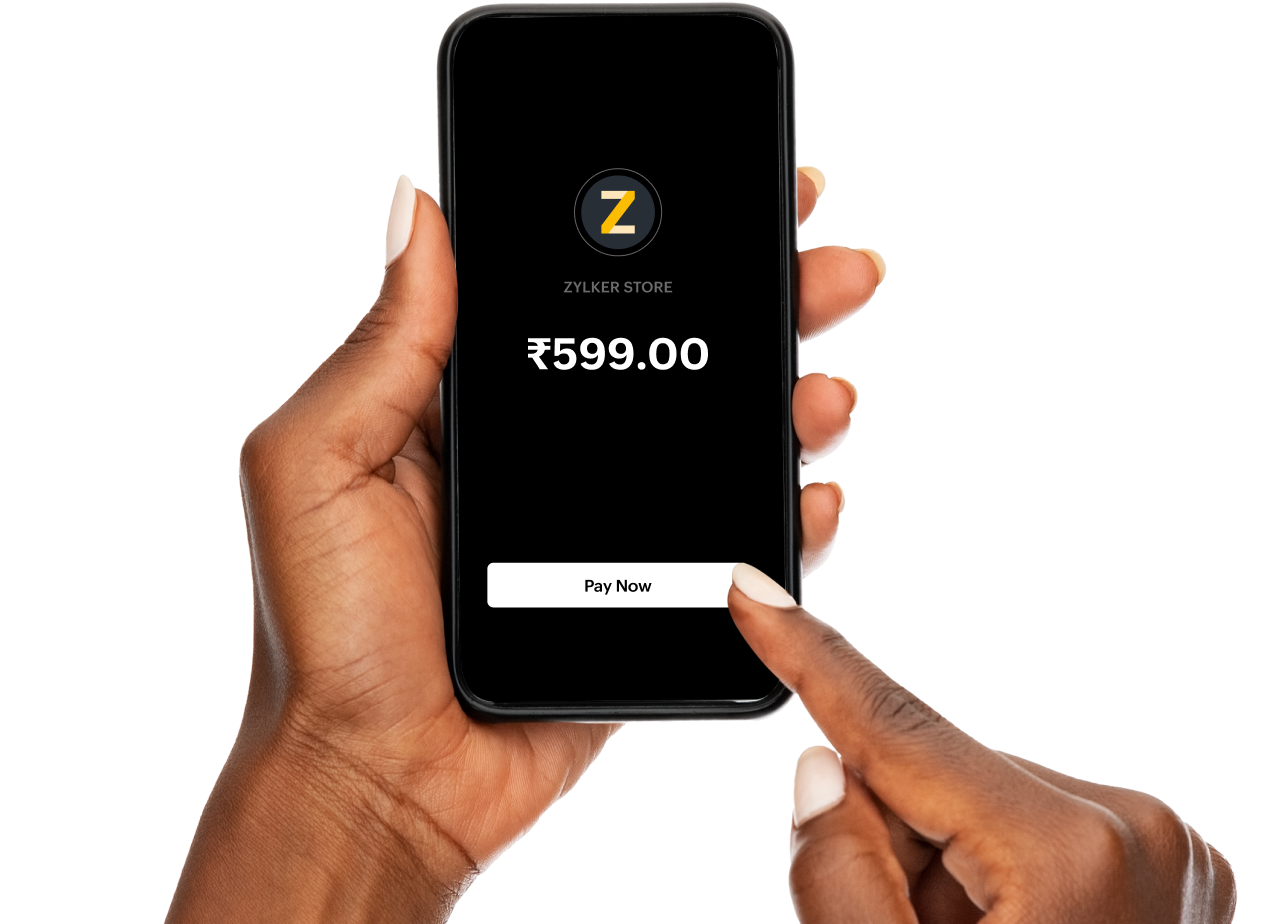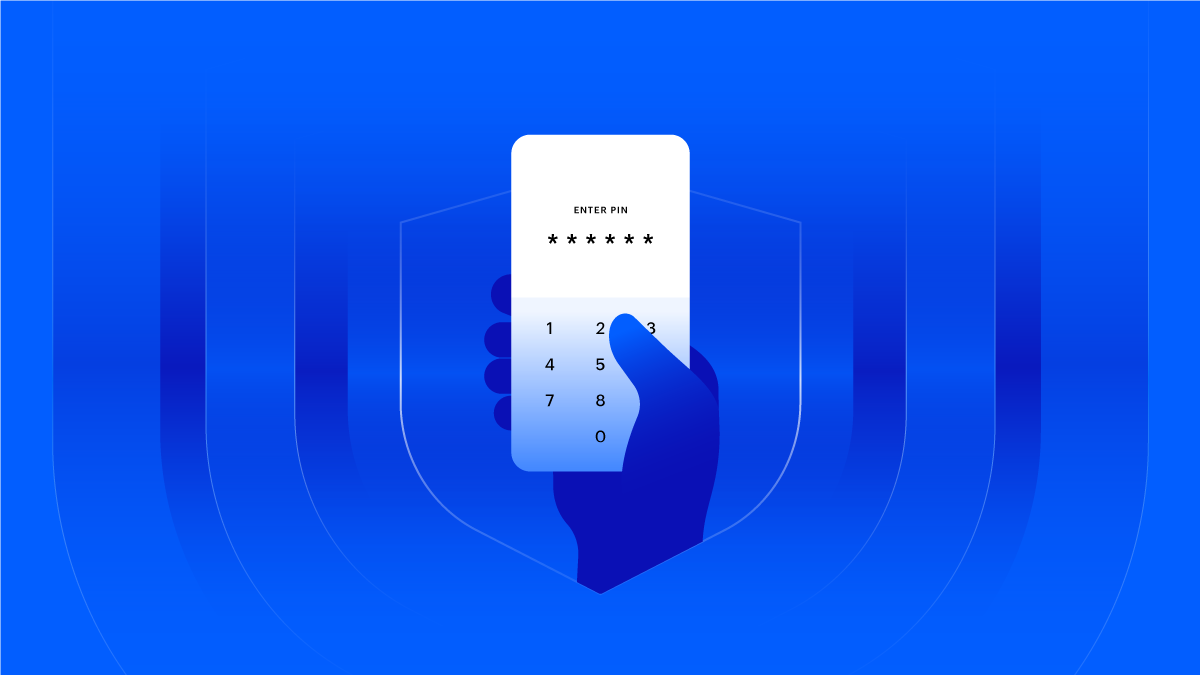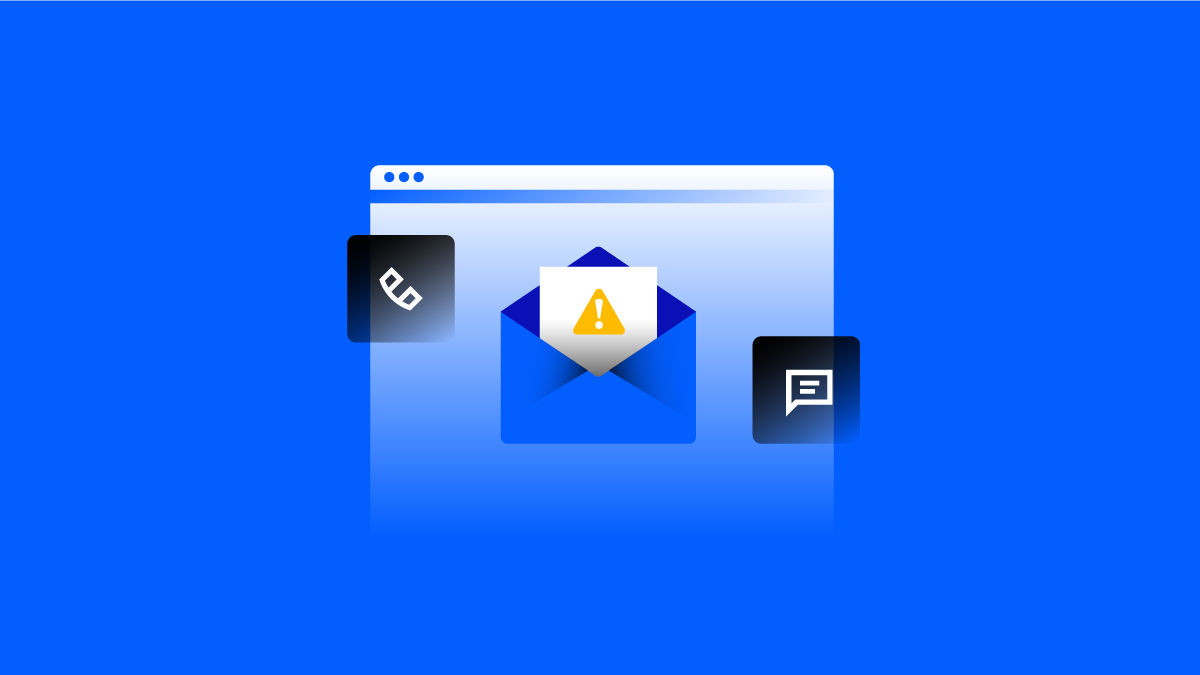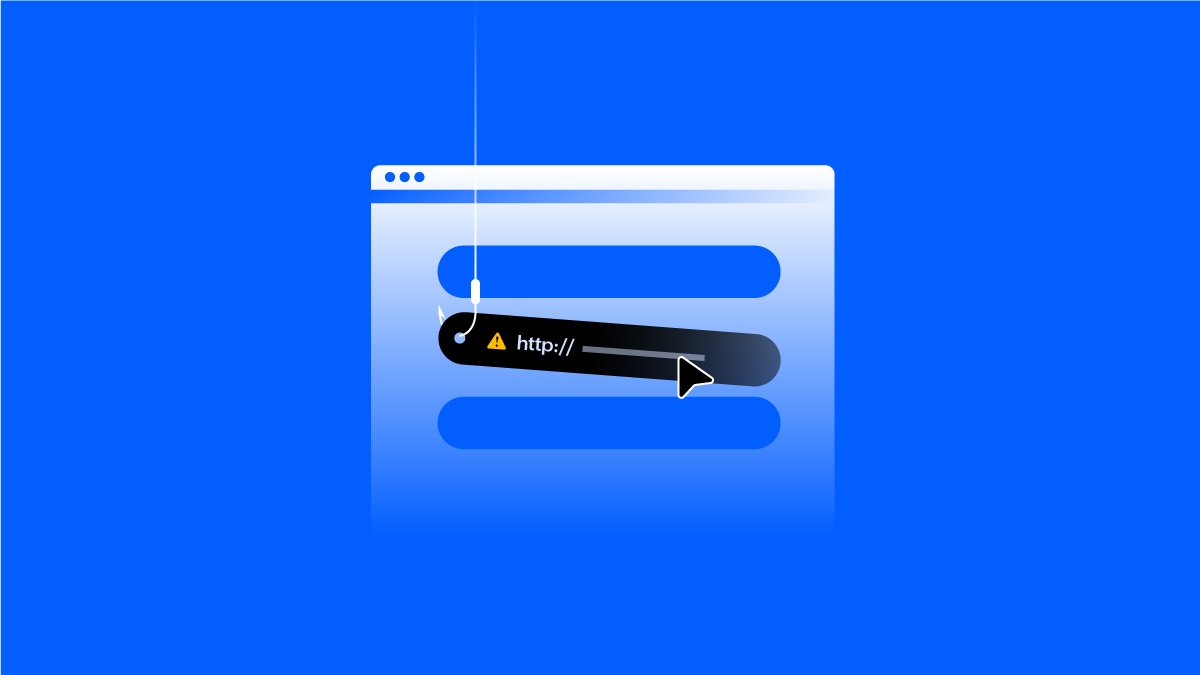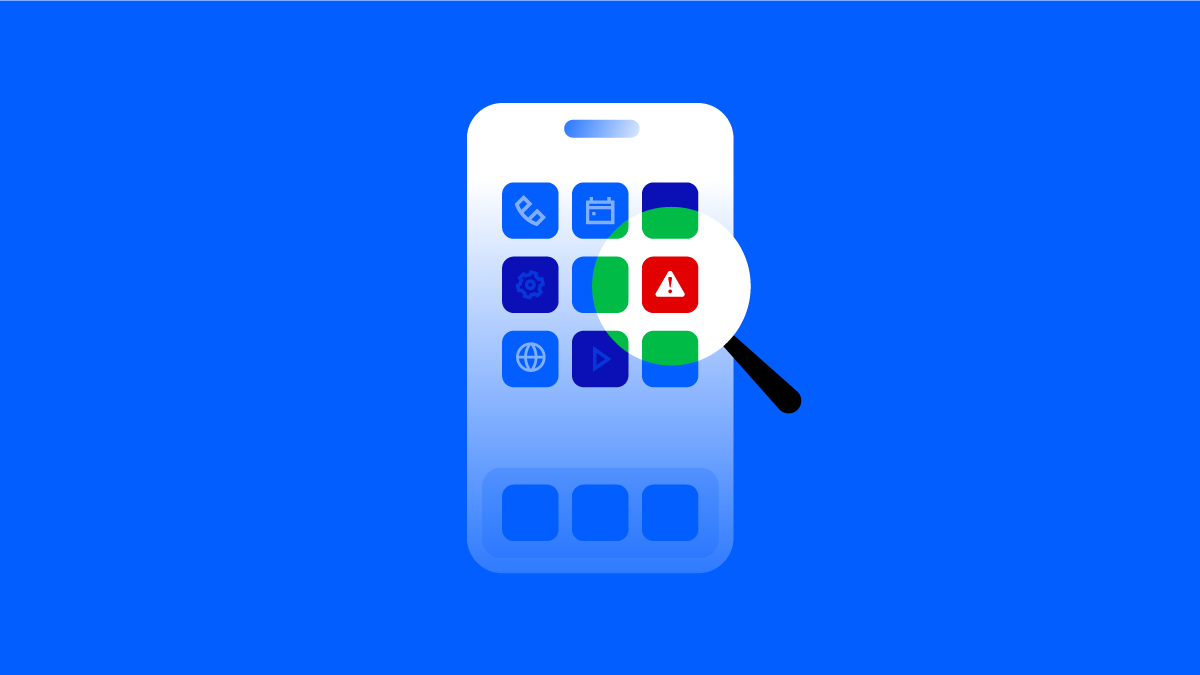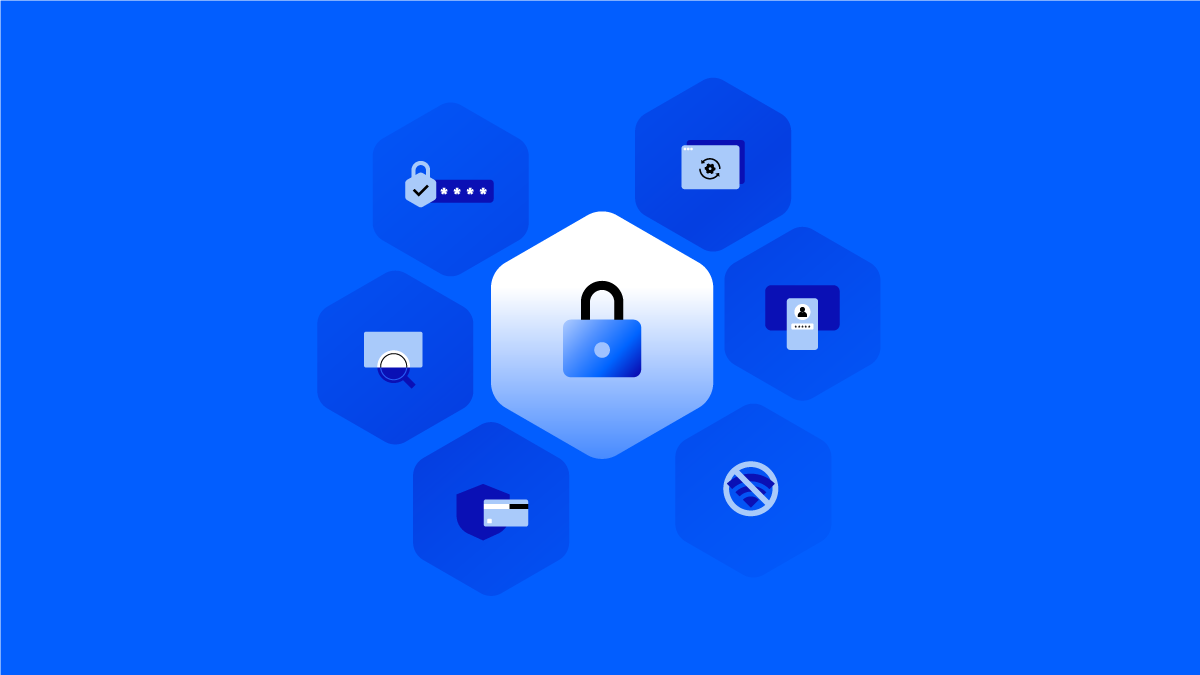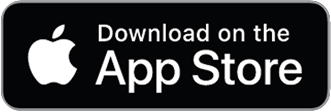Stay secure
Key practices that help you secure your payment activities and protect sensitive information
Do's
-
 Use strong, unique passwords combining upper and lowercase letters, numbers, and symbols for payment accounts.
Use strong, unique passwords combining upper and lowercase letters, numbers, and symbols for payment accounts.
-
 Enable two-factor authentication (2FA) to add an extra layer of security.
Enable two-factor authentication (2FA) to add an extra layer of security.
-
 Verify that a website uses SSL encryption (look for "https" in the URL and a padlock symbol).
Verify that a website uses SSL encryption (look for "https" in the URL and a padlock symbol).
-
 Keep your devices (computers, phones) secure with antivirus software and firewalls.
Keep your devices (computers, phones) secure with antivirus software and firewalls.
Dont's
-
 Share your credit card details, CVV, PINs, or passwords over phone calls, emails, or messages.
Share your credit card details, CVV, PINs, or passwords over phone calls, emails, or messages.
-
 Save payment credentials (like credit card details) on shared or public devices.
Save payment credentials (like credit card details) on shared or public devices.
-
 Leave sensitive payment information written down or accessible to others.
Leave sensitive payment information written down or accessible to others.
Monitor transactions
Track your account activity regularly, review your transactions, spot unusual activity
Do's
-
 Regularly monitor your bank and payment accounts for suspicious or unauthorized activity.
Regularly monitor your bank and payment accounts for suspicious or unauthorized activity.
-
 Set up real-time payment notifications (SMS or email) to receive alerts about account activity.
Set up real-time payment notifications (SMS or email) to receive alerts about account activity.
-
 Review transaction history frequently to ensure all payments are authorized.
Review transaction history frequently to ensure all payments are authorized.
-
 Keep contact information (email, phone number) updated with your payment provider to receive important notifications.
Keep contact information (email, phone number) updated with your payment provider to receive important notifications.
Dont's
-
 Ignore alerts for any unusual or unauthorized activity on your accounts.
Ignore alerts for any unusual or unauthorized activity on your accounts.
-
 Assume small discrepancies or unknown charges will resolve themselves; always investigate.
Assume small discrepancies or unknown charges will resolve themselves; always investigate.
-
 Delay reporting suspicious activity or fraudulent transactions to your bank or payment provider.
Delay reporting suspicious activity or fraudulent transactions to your bank or payment provider.
Safeguard credentials
Security basics to protect your financial information and reduce the risk of unauthorized access
Do's
-
 Create strong and unique passwords for every platform you use to make payments.
Create strong and unique passwords for every platform you use to make payments.
-
 Use secure forms of authentication, such as biometrics (fingerprint/face recognition) or strong passwords.
Use secure forms of authentication, such as biometrics (fingerprint/face recognition) or strong passwords.
-
 Change your passwords regularly, especially after a suspected breach or security alert.
Change your passwords regularly, especially after a suspected breach or security alert.
Dont's
-
 Use the same password across multiple platforms or accounts.
Use the same password across multiple platforms or accounts.
-
 Share one-time passwords (OTPs), authentication codes, or login credentials with anyone.
Share one-time passwords (OTPs), authentication codes, or login credentials with anyone.
-
 Store passwords in browsers, especially on shared or public computers.
Store passwords in browsers, especially on shared or public computers.
Secure network and devices
Keep your network and devices protected, keep your data protected, ensure payment security
Do's
-
 Use secure, private Wi-Fi or cellular networks to make online payments.
Use secure, private Wi-Fi or cellular networks to make online payments.
-
 Keep your operating system and software, including antivirus programs, up to date.
Keep your operating system and software, including antivirus programs, up to date.
-
 Ensure your device has encryption enabled for sensitive data, such as financial transactions.
Ensure your device has encryption enabled for sensitive data, such as financial transactions.
Dont's
-
 Make payments or enter sensitive information when using unsecured public Wi-Fi like cafes and airports.
Make payments or enter sensitive information when using unsecured public Wi-Fi like cafes and airports.
-
 Use outdated software, browsers, or devices to make payments, as they may be vulnerable to attacks.
Use outdated software, browsers, or devices to make payments, as they may be vulnerable to attacks.
Verify websites and links
Confirm website authenticity before entering sensitive information, and ensure transactions are made on secure platforms
Do's
-
 Always verify that the online merchant or website is trustworthy before entering payment details.
Always verify that the online merchant or website is trustworthy before entering payment details.
-
 Look for trusted seals and secure payment options like SSL encryption.
Look for trusted seals and secure payment options like SSL encryption.
Dont's
-
 Click on links in unsolicited emails or texts that ask for your payment information; these might be phishing attempts.
Click on links in unsolicited emails or texts that ask for your payment information; these might be phishing attempts.
-
 Make payments on websites without checking for the “https” and padlock icon, indicating a secure connection.
Make payments on websites without checking for the “https” and padlock icon, indicating a secure connection.
Post-payment actions
Follow-up after making transactions and review your payments, to ensure transaction security
Do's
-
 Log out of your payment accounts immediately after completing transactions, especially on shared or public devices.
Log out of your payment accounts immediately after completing transactions, especially on shared or public devices.
-
 Save and review payment confirmations or receipts to ensure accuracy and proper transaction records.
Save and review payment confirmations or receipts to ensure accuracy and proper transaction records.
Dont's
-
 Save payment details on unfamiliar or rarely used websites.
Save payment details on unfamiliar or rarely used websites.
-
 Assume a receipt or confirmation email means the payment process is complete—always double-check.
Assume a receipt or confirmation email means the payment process is complete—always double-check.
Prevent fraud
Essential tips to stay vigilant against fraud and recognize potential threats
Do's
-
 Be cautious of unsolicited emails, calls, or texts asking for payment details or urgent payments.
Be cautious of unsolicited emails, calls, or texts asking for payment details or urgent payments.
-
 Use fraud detection tools offered by your bank or payment service to spot potential scams.
Use fraud detection tools offered by your bank or payment service to spot potential scams.
-
 Immediately report any suspicious or unauthorized transactions to your bank or payment provider.
Immediately report any suspicious or unauthorized transactions to your bank or payment provider.
Dont's
-
 Fall for "too good to be true" offers or scams promising unrealistically high returns.
Fall for "too good to be true" offers or scams promising unrealistically high returns.
-
 Engage with any suspicious individuals or entities requesting payment outside of trusted platforms.
Engage with any suspicious individuals or entities requesting payment outside of trusted platforms.
